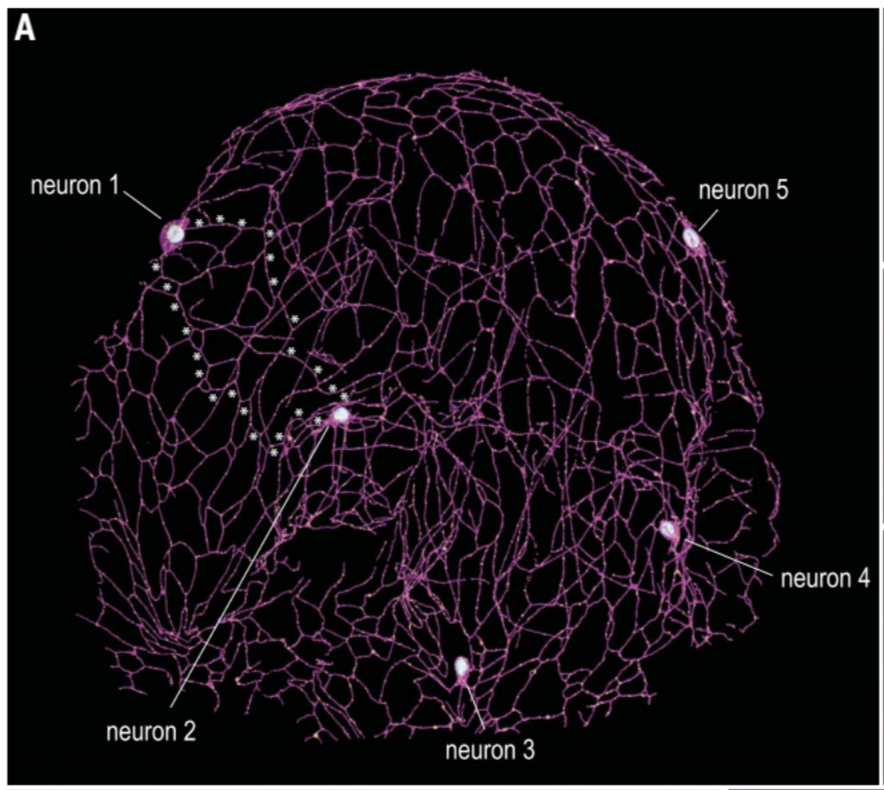When it comes to the nervous system, you might think we’ve got the basics down. After all, it’s been over a century since the great Santiago Ramón y Cajal proposed the neuron doctrine, which basically said that the nervous system is made up of individual, discrete cells called neurons. As you may recall from our neuropharmacology experiments, Ramón y Cajal argued for discrete cells (neurons), while Gogli thought that the brain consists of groups of continuously connected cells (reticulum). Santiago’s hypothesis, known as “The Neuron Doctrine,” was later confirmed by the invention of the electron microscope, which let us see these neurons and their connections in all their glory.

But now it looks like the fight is still on! New research on ctenophores, those weird, squishy marine critters that look like a cross between a jellyfish and a feather duster, is shaking up the status quo.
The importance of these jellies cannot be overstated. As one of the first animal groups to branch off on the evolutionary tree, studying ctenophores can provide us with clues about the very origins of animal life. And while these guys have no brains, they do have a nervous system consisting of a “neural net” – a type of nervous system organization that is very understudied. Could it be that a nervous system evolved twice, independently, in our animal ancestors? That’s the question these researchers were asking.
To get their answers, a group of European researchers led by Dr. Kittelmann at Oxford Brookes University turned to high-pressure freezing-fixation techniques and a method called serial block face scanning electron microscopy (try saying that five times fast!). This gave them a stunning, 3D view of the ctenophore’s nerve net. And what they found was quite unexpected and they shared it with the world in a recent Science paper [Burkhardt et al., Science 380, 293–297 (2023)].
Unlike our own nervous system, which comprises separate neurons connected by synapses, the ctenophores’ nerve net looked more like a reticulum – a continuous network of interconnected cells. Instead of discrete neurons with synapses (small gaps between the cells), the ctenophores have a nerve net where all the nerve cells seem to be part of one, big supercell. It’s kind of like comparing a bunch of individual houses to a giant apartment complex. As seen in their figure below, the 5 separate neurons of the nerve net are actually all fused together (highlighted in white asterisks for links between neuron 1 and 2).

In the world of nerve nets, this is a pretty big deal, as it suggests that there’s more than one way to build a nervous system and that different animals might have taken different paths in their evolution to encode information and guide behaviors. The ctenophore nerve net is not just a simple precursor to our own complex brain but a complex and unique structure in its own right.
This opens up a whole new perspective on how nerve nets and nervous systems function and evolve, and reminds us that even long-held truths in science can change upon new evidence. So next time you see a ctenophore, don’t just marvel at the beauty of the squishy color-changing blob. You can also admire its nervous system that’s every bit as complex and fascinating as ours, just in its own, unique way. And who knows? Maybe we’ve got more in common with these jellies than we think. There’s so much more to be discovered!